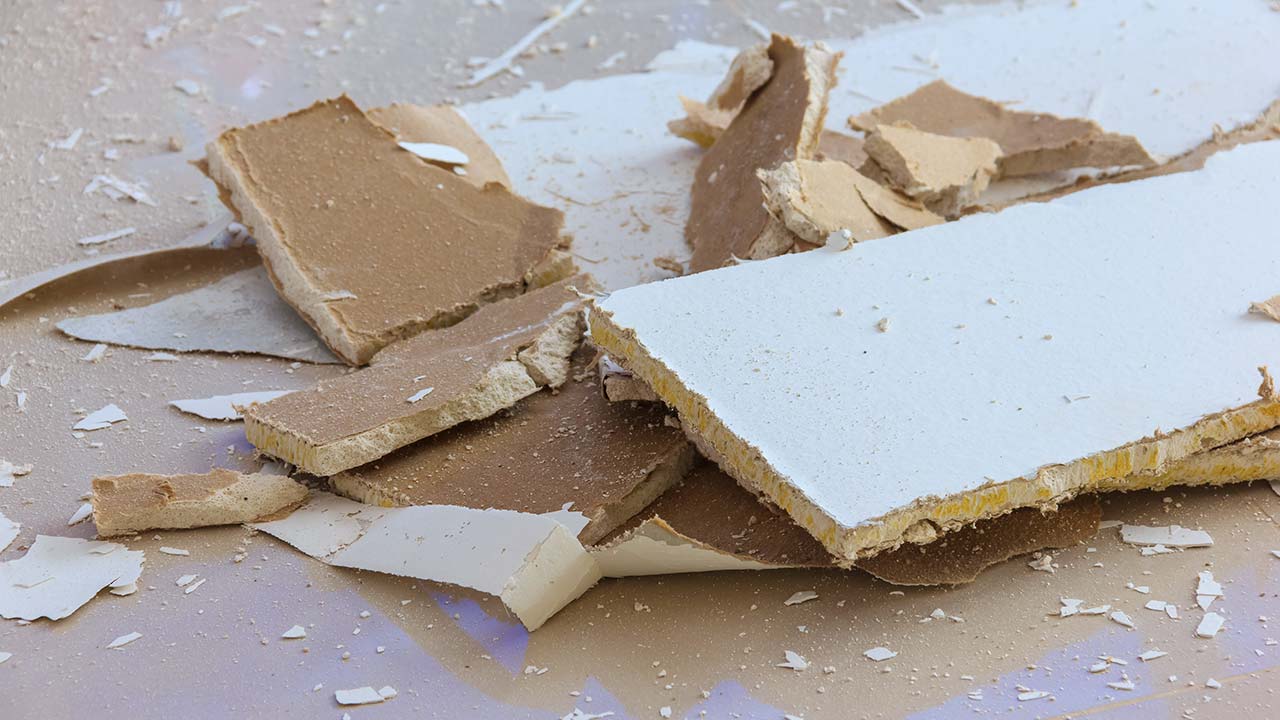Tips to Identifying Issues That Sellers May Be Trying to Keep Hidden

When you’re visiting several homes in search of the perfect one to put an offer on, you’re not just looking at the layout, esthetics, and size of the home and surrounding property. While these components are certainly important, it’s essential that you keep your eye out for potential issues with the home that could leave you with big, expensive problems on your hands.
Most sellers are rather forthcoming about known issues with their properties and are actually under legal obligation to disclose problems to prospective buyers. However, some sellers may not be aware of problems with their homes, or may even go so far as to disguise them. In fact, many real estate disputes stem from the failure of sellers to fully disclose issues with their properties.
Here are some issues with homes on the market that may be camouflaged, and how to spot them.
Water Damage
Not only are water stains unsightly, they’re also a hazard. Unfortunately, many buyers aren’t able to spot issues related to water damage right off the bat. It’s not that difficult for sellers to camouflage the damage that stems from water leakage through savvy decorating and staging techniques. While sellers are obligated to disclose these problems, you’d be well advised to try to spot them on your own first.
When scoping out the home, try to move piles of boxes and other large items that are usually stored in the basement, which is typically where a lot of moisture damage can be found and hidden. Bring a flashlight with you and shine the light around the perimeter of the basement, making sure to check out the floor, ceiling, and walls. If you notice any stains, musty odors, or even wall cracks, these could be signs of water damage.
Sellers may also be able to conceal water damage by giving the walls and floor a fresh coat of paint. Ask the seller when they painted last. If it was very recently, it’s possible that there may be something to hide. Your home inspector may be able to uncover any issues. If not, a specialist may be called in to verify.
Faulty Foundation

It would be tough for sellers to hide problems with the foundation, but some try to minimize the extent of such damage. Again, paint is often the easiest way for sellers to keep issues hidden from sight. But if you spot any paint work that seems a bit uneven around window and door frames, you may want to take a closer look to identify if there are any cracks in the wall, as these can translate into expensive and time-consuming repairs.
Another hint that there are problems with the home’s foundation is if you notice any doors and windows that “stick” when you try to open or close them. Further, if you place a ball on the ground and it starts to roll in any particular direction until it hits a wall, odds are the foundation is sloping, which could be a sign of major trouble.
Temperature Imbalance
If one bedroom in the home is very warm while another is very cold, it’s possible that the house has been poorly insulated. Any imbalances in temperature from one room to another should be investigated further by your home inspector or an insulation specialist. Sometimes this situation may have resulted after the addition of a room or floor to the home. If previous work has been done on the home, you may want to find out if the necessary permits were obtained.
Poor Drainage

Proper drainage is critical for protecting a home from water damage. The key to proper drainage is not impossible to understand: essentially, water should be flowing away from the exterior of a home. If water pools in large quantities close to the home, major problems can arise.
When visiting a home you may be interested in buying, make sure to spot signs of inadequate drainage. For starters, look for patches of soggy, flooded grass around the perimeter of the home. Check to see if the dirt next to the foundation is sloping away from the home. If the property’s grading slopes toward the house, water can make its way into the house and damage the structure.
Scope out the rain gutter downspouts and make sure they drain directly to the ground. If there is a low spot for water to collect next to the home, it’s highly possible that water is making its way in somewhere. In addition, look at the water flow in the downspouts to make sure there are no blockages that would prevent water from easily moving away from the home. See if the gutter downspouts bring the water a minimum of 10 feet away from the structure. If not, that’s an issue that will need immediate attention.
Termite Damage
Termites can wreak havoc in a home, particularly in the floors, drywall, and structural supports. Unfortunately, damage from termites can be tough to spot since much of it is typically hidden. Older homes are more susceptible to termite infestation and damage.
Sellers may try to hide termite damage by placing things such as wall art or area rugs over top of where damage exists. It’s important to check behind anything hanging on walls and underneath area rugs to check for signs of termite damage, such as holes in the drywall, bubbling paint, and hollow-sounding or sagging floorboards.
Leaky Roof

A roof that has curling shingles offers obvious signs of potential issues that sellers wouldn’t be able to hide very easily. However, there can still be issues with a roof even if it looks fine from a visual point of view.
If the roof is deteriorating underneath the outer layer, a host of problems can creep up, such as water seepage into the home. Once interior leaks start happening on a regular basis, they can cause major damage to a home that will cost a ton of money to rectify.
Aside from damaged or even missing shingles, other red flags to look out for include moisture in the attic, decaying roof cement, sagging gutters, water stains or damage on upper floors, and signs of pest infestation.
The Bottom Line
It’s certainly much better to identify issues with a home before closing on a real estate transaction. When visiting a home on the market, be sure to keep an eye out for possible problems rather than just focus on its cosmetic features. Understanding what to look for can help you avoid potential issues before ugly disputes arise.